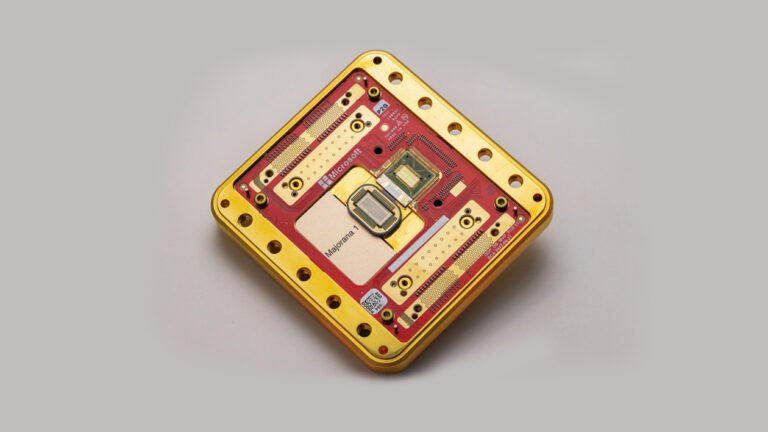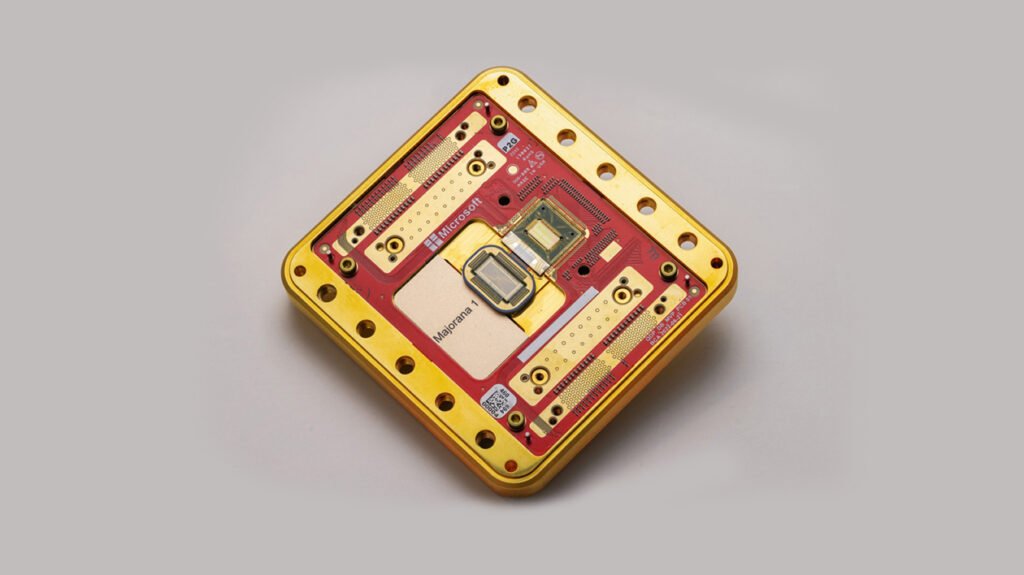Cosmologists have just made a remarkable breakthrough. They have used over 100,000 distant galaxies to map the invisible scaffolding of the universe, a structure known as the “cosmic web.” For the first time, scientists have successfully traced the gravitational “fingerprints” of dark matter. This groundbreaking new study gives us a map of how dark matter is distributed across three distinct cosmic eras. It offers a powerful glimpse into how this elusive substance shapes galaxy evolution. These new findings provide crucial evidence for a long-held theory. They show how dark matter acts as the universe’s gravitational backbone.
How Scientists Found the Dark Matter Fingerprints
To begin with, finding dark matter is extremely difficult. It does not emit, absorb, or reflect light, which makes it invisible. However, we know it exists because of its powerful gravitational pull. This pull affects how visible matter moves and clumps together. Therefore, scientists use galaxies as tracers. They act as cosmic beacons that highlight the underlying invisible structures. In a new study, a Rutgers-led team used a special type of young, star-forming galaxies called Lyman-alpha emitters. These galaxies emit light at a specific wavelength, making them easy to spot in the distant universe.
The team, led by doctoral student Dani Herrera, used data from the ODIN (One-hundred-square-degree DECam Imaging in Narrowbands) survey. They did not just look at individual galaxies, of course. Instead, they analyzed the “clumpiness” of these galaxies across three different eras. These eras were 2.8 billion, 2.1 billion, and 1.4 billion years after the Big Bang. Essentially, they calculated how often pairs of these galaxies appeared. This process is called clustering analysis. It allowed the researchers to create a map of where matter was densest in the early universe, effectively revealing the dark matter fingerprints.
What the Study Reveals About Galaxy Evolution
The results of the study were quite surprising. The researchers found that only a small fraction of the densest dark matter regions contained Lyman-alpha emitting galaxies. To be exact, only 3% to 7% of these regions hosted these glowing galaxies. This discovery is a big deal. It suggests that these galaxies go through a very short, highly luminous phase. This phase probably lasts for only a few tens to hundreds of millions of years. Then, the galaxies become much fainter and harder to see. In other words, scientists caught these galaxies at just the right time.
This information is helping us understand how galaxies evolve. The dark matter masses revealed by the study also align with models that suggest these early galaxies evolved into present-day galaxies. Our own Milky Way is an example. This finding fills a crucial gap in our understanding. It shows how primordial gas clouds and dark matter fingerprints worked together. They transitioned over billions of years into the structured galactic systems we observe today.
Mapping the Cosmic Web with Dark Matter Fingerprints
Dark matter is believed to form a vast, intricate network throughout the universe. Scientists call this network the “cosmic web.” It consists of filaments and nodes. Galaxies form and cluster along these filaments, where the dark matter density is highest. Using the new map, researchers can finally see the contours of this cosmic web. The map itself looks like a topographical map with peaks and valleys, showing us where dark matter is most concentrated.
For example, the study’s findings directly support the standard cosmological model. The model says dark matter acts as a gravitational glue, helping to pull ordinary matter together. This process allows gas to form stars and galaxies. Without this invisible scaffolding, the universe would not have the large-scale structure we see today. The study provides new empirical evidence for this idea. The research therefore represents a major step toward solving one of cosmology’s biggest mysteries.
The Future of Cosmology After this Discovery
The findings are just the beginning. The ODIN survey is still underway. It promises to analyze even more galaxies. In the future, this will provide an even more complete view of the cosmic web. Scientists can continue to study these dark matter fingerprints. They can also use the data to refine their models of galaxy formation. The new discoveries could lead to a better understanding of the universe’s overall composition. It may even help us pinpoint the exact nature of dark matter itself. Ultimately, every new piece of information brings us closer to understanding the universe.
For more news and updates, please visit PFM Today.













